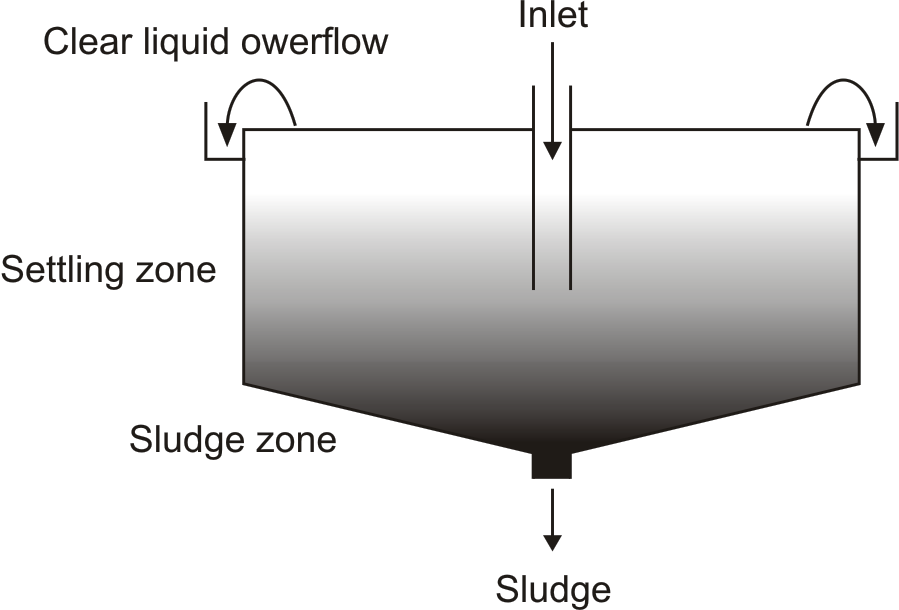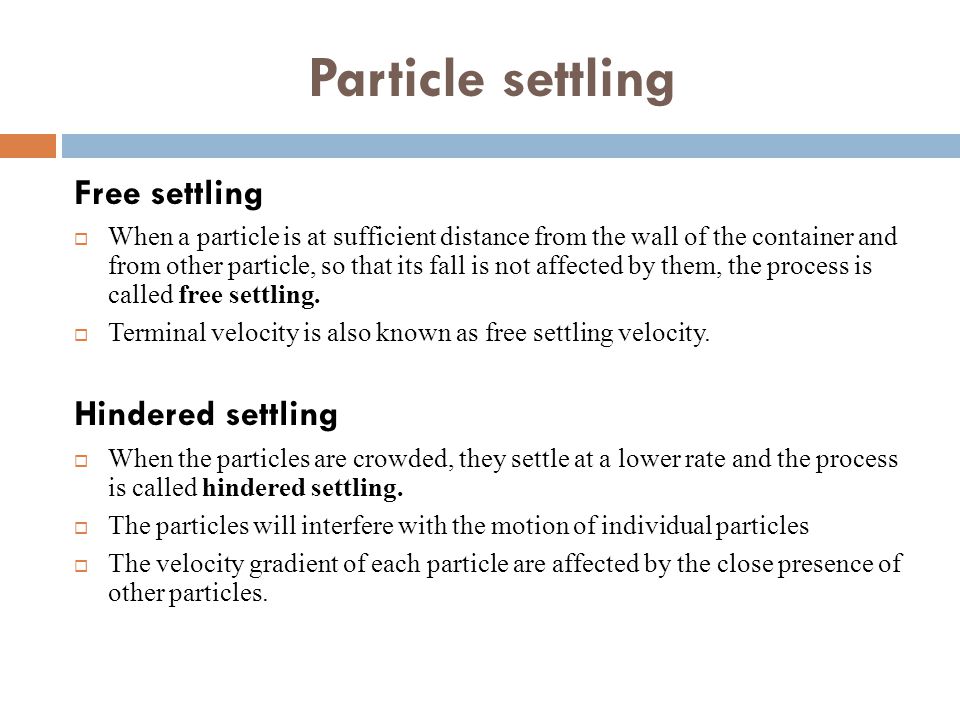Sedimentation Process Definition
Sedimentation Process Definition :- The separation of solids from a suspension during a liquid by gravity settling is termed sedimentation. The gravity force is accountable for the motion of solids through the liquid during this operation; dilute slurry is separated into a transparent liquid and slurry of upper solids content. The Dorr thickener may be a common piece of equipment used for sedimentation.
Removal of solids liquid biodegradable pollution wastes (waste water treatment) and removal of suspended impurities from water to be used for domestic and industrial functions (water treatment) are examples (application) of sedimentation.
Sedimentation is one in all the foremost wide used processes in the treatment of water. The best technique of removing the suspended impurities is by plain sedimentation. The water is allowed to stand quiescent or move terribly slowly through a basin till the Suspended impurities settle to the lowest of the basin and comparatively clear water is drawn removed from the top. The degree of removal of suspended impurities depends upon the length of retention period, the size of the suspended impurities and therefore the temperature of water.

Types of settling
There are 2 kinds of settling processes by that particulates (solid particles) settle to rock bottom of a liquid
1. Free settling
2. Hindered settling

Free settling
- It is the settling of the particles unaffected by the opposite particles and also the wall of the container.
- It refers to the method whereby the fall of the particle within the gravitational field through a stationary fluid isn’t affected by the opposite particles and also the wall of the container.
- In this method, the individual particle doesn’t collide with the opposite particles or with the wall of the container. this needs that the particles be at a sufficient distance from the wall of the container and also from one another.
- This type of settling method is feasible only if the concentration of particulate solids in a suspension is extremely low.
Hindered settling
- It is the settling of the particle impeded/affected by the opposite particles and also the wall of the container.
- It refers to the method whereby the fall of the particle within the gravitational field through a stationary fluid is suffering from the opposite particles and also the wall of the container.
- In this method the particle collide with the opposite particles and with the wall of the container. These need that the particles be close to each other and this is turn demand the concentration of solids in a suspension to be high.
- Hindered settling is encountered once the concentration of solids in a suspension is massive.
- For hindered settling, the settling speed is considerably less than the terminal falling speed under free settling condition.

































